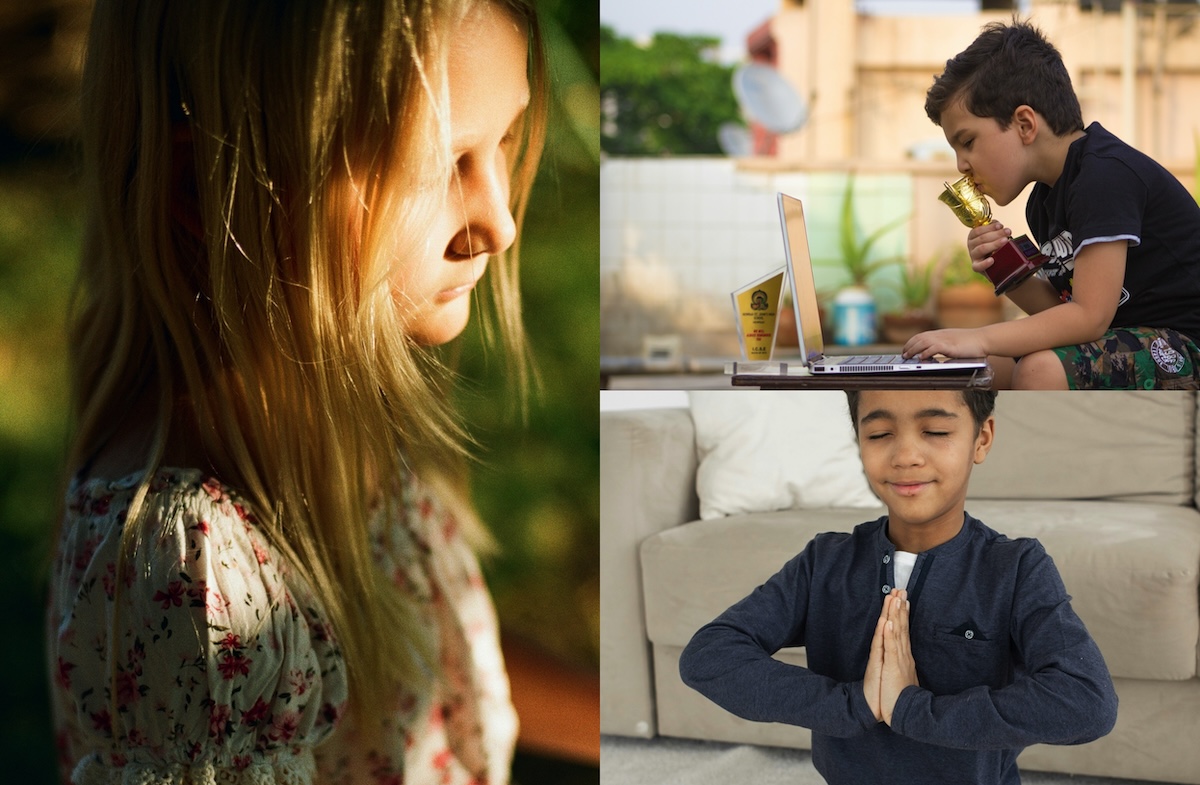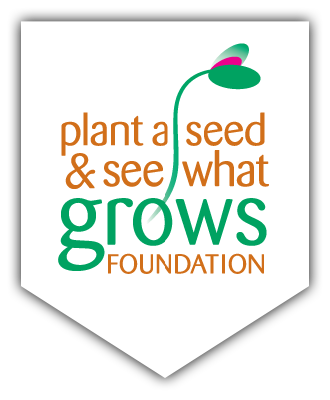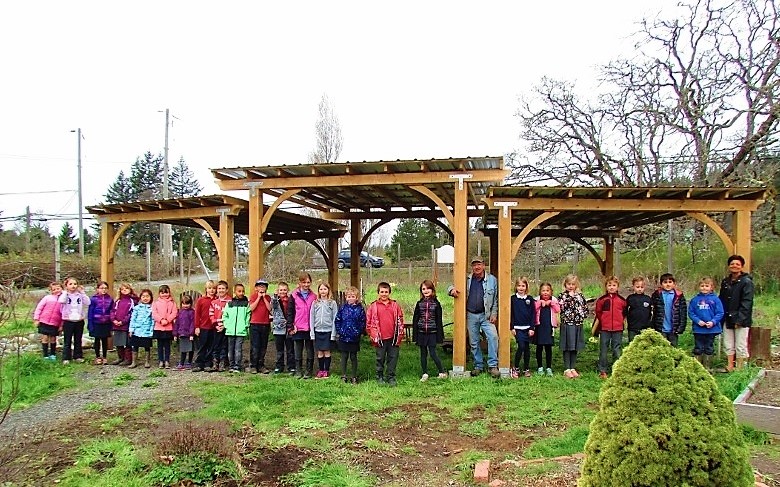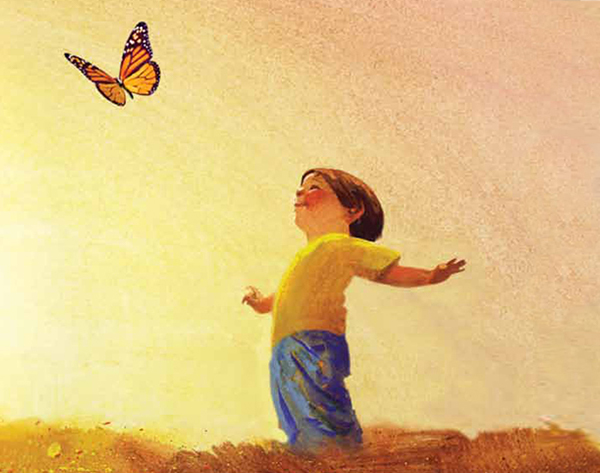Learning to Live in the Present: A Daily Guide for Your Child
The weeks, months, and years seem to fly by as we get older, don’t they? Meanwhile, when we’re young, it feels like it takes a lifetime for the calendar to change. There’s actually science (or is it math?) behind behind this phenomenon. You see, for a 10-year old, one-year is 10-percent of their entire lifetime which is a very significant proportion. But for someone who is 50, one-year is just 2-percent of their time spent on earth. This is why the brain perceives time to be more fleeting as we age. The point of this lesson, is that time is precious, and while kids generally want to speed it up, we as parents and guardians should encourage them to slow things down and live in the moment. If we knew then what we know now, we would certainly do the same for our adolescent selves.
What we’re talking about here, is the concept of learning to live in the present. It involves engaging fully with one’s surroundings and experiences, rather than dwelling on the past or worrying about the future. It’s about being aware and mindful of what’s happening in this very moment, each and every day.
Many people confuse the concept of living in the present moment as one that encourages whimsical behavior because one never knows what tomorrow will bring. While taking time to enjoy the day is absolutely a component, it’s not the whole enchilada of living in the present. As the Dale Carnegie quote from the video above indicates, today is our most precious possession, and we should use it to give our best effort towards goals that will make our lives and the lives of others even better.
Below is a practical yet effective guide that will help you foster a daily environment that will help your child learn to live, and thrive, in the present moment.
Daily Guide that Will Help Your Child Learn to Thrive in the Present Moment
I. Rise and Shine with Mindfulness
The Academy of Sleep Medicine, along with other sleep experts, suggests that children 6 to 12 years of age should get a minimum of 9 hours per 24 hour cycle on a regular basis to promote optimal health. Teenagers 13 to 18 years of age should sleep between 8 to 10 hours, although we’re sure many households are not accustomed to seeing teens come grumbling out of their bedrooms until noon. In either case, once your child has logged the requisite hours, get them in the habit of waking up early so that they can optimize their day. Of course, this occurs by default on school days, but it’s important for them to rise early on the weekends and during school breaks. Getting to bed at a reasonable evening time is the catalyst to making the early “rise” part happen, but what about the “shine”?
This is where morning mindfulness comes in.
Morning mindfulness is about teaching your child to pay attention to the present from the moment they wake up, without judgment (towards whomever woke them up) and to be aware of their thoughts, feelings, and the world around them. It helps them develop self-awareness, manage those AM emotions, improve focus, and build resilience. Essentially, it’s about slowing down and noticing what’s happening in the moment, rather than rushing or getting caught up in what may have happened yesterday or what will happen tomorrow. To introduce mindfulness into your child’s AM routine, start with mindful breathing, which involves paying attention to the sensations of inhaling and exhaling, without trying to change or control their breath. From there, they can sit up in bed and practice sensory exploration, which involves purposeful focus on the sights (i.e. sun coming through the blinds), sounds (i.e. birds chirping), touch (i.e. the feeling of their comforter), and smell (i.e. breakfast cooking in the kitchen) to cultivate awareness and connection with the present moment. It’s also a good idea to incorporate mindful walking soon after waking. On a school day the latter may simply involve stepping out into the yard, and on the weekend (or during school break) it can be to take a walk with you (or the dog) around the block.
All of this will set the table for a fulfilling day ahead!
II. Fuel Up for the Day
Once they have risen and shined with ever-present mindfulness, it’s time to fuel up with healthy whole and natural foods that are packed with essential nutrients. This will support better academic, creative, and physical activity performance, concentration, and overall well-being for the day ahead. Establish a meal plan that also incorporates ready-made snacks and lunch for when they will be outside of the home, and have a nutritious dinner pre-planned (whether at or away from home) so that you’re not scrambling and giving way to convenient but unhealthy fastfood. Without adequate nutrition from morning until the evening, they will not be able to fully live in the present.
III. Follow Their Priority List
Prior to initiating this itinerary for living in the present moment, you will need to work with your child to establish a list of priorities that apply to their self-determined (to encourage engagement) academic, creative, and physical activity goals. Together you will create a defined roadmap that covers required tasks in order of priority from the beginning to the end of a project/goal. They can reference this list at the beginning of the day, after breakfast, so that they can instantly identify what specific task to complete towards goal completion for the given day. For some days, tasks may apply to all three goals (academic, creative, athletic) and for others it may just be one or two. To assist you both on how exactly to integrate this into your child’s daily routine, please read our guide to Teaching Kids to Prioritize.
What if they have already developed a habit of procrastination? We have you covered there as well, via this guide for How Children Can Learn to Quit Procrastinating.
EXTRA TIP: Pause for Mindful Moments (and silliness) Through the Day
Returning to the definition of mindfulness above (which is really what living in the present is), encourage your child to follow the idiom “stop and smell the roses” through various moments of the day, making mental notes of the sights, sounds, touches, smells, and tastes that they come across. AND, encourage them to be silly! They are kids, and should absolutely feel free to take time out from goal-attainment to pause and appreciate the joy of everyday life. Be sure to join in when you’re with them too, be it to chase a butterfly, jump in a puddle / pile of leaves, or pretend the floor is lava when walking from one room to the next.
We hope everything above was helpful. Meanwhile, please note that the Plant a Seed & See What Grows Foundation inspires and promotes healthy living and learning for kids across Canada. You can help us help the next generation by pledging your support too! View more on how you can get involved.









